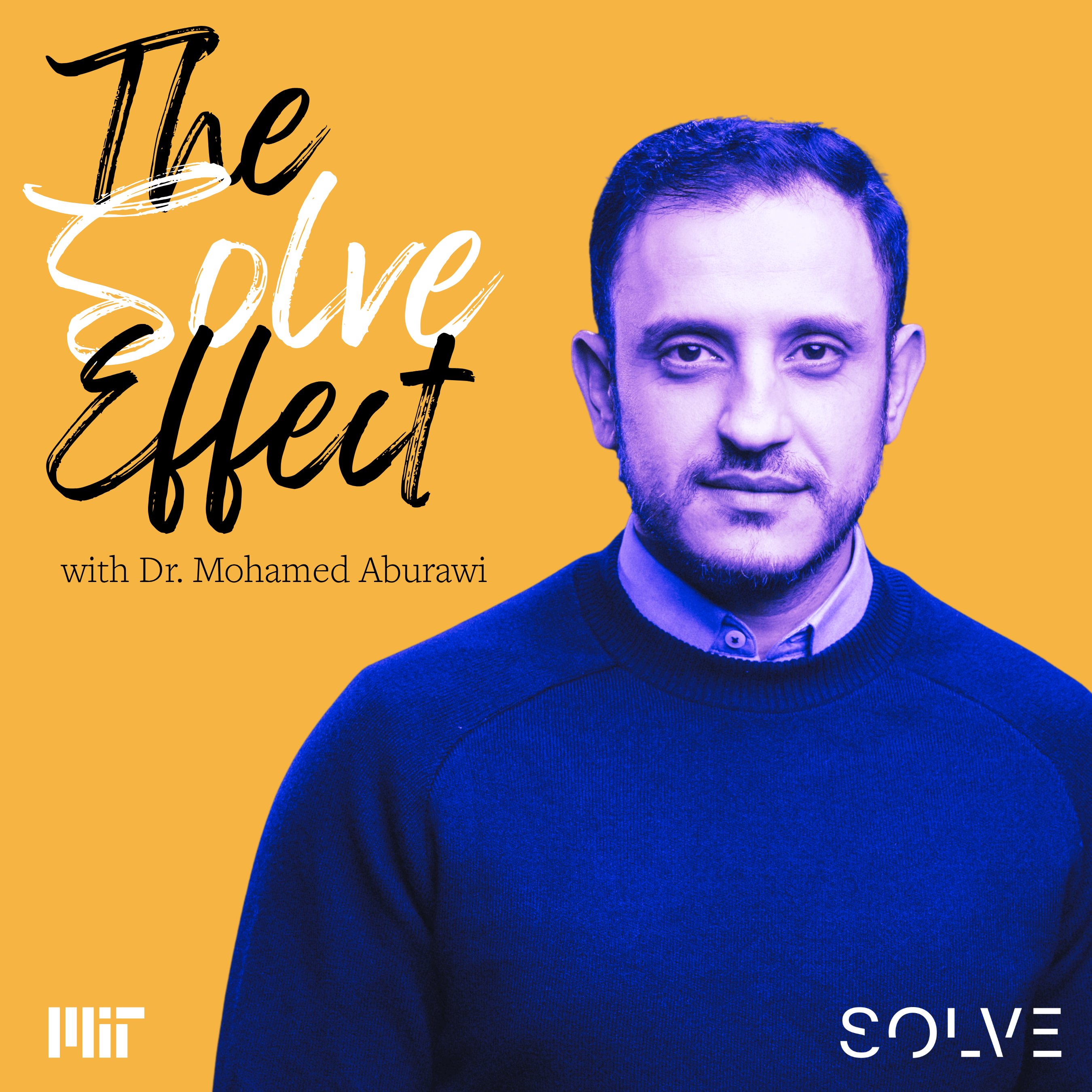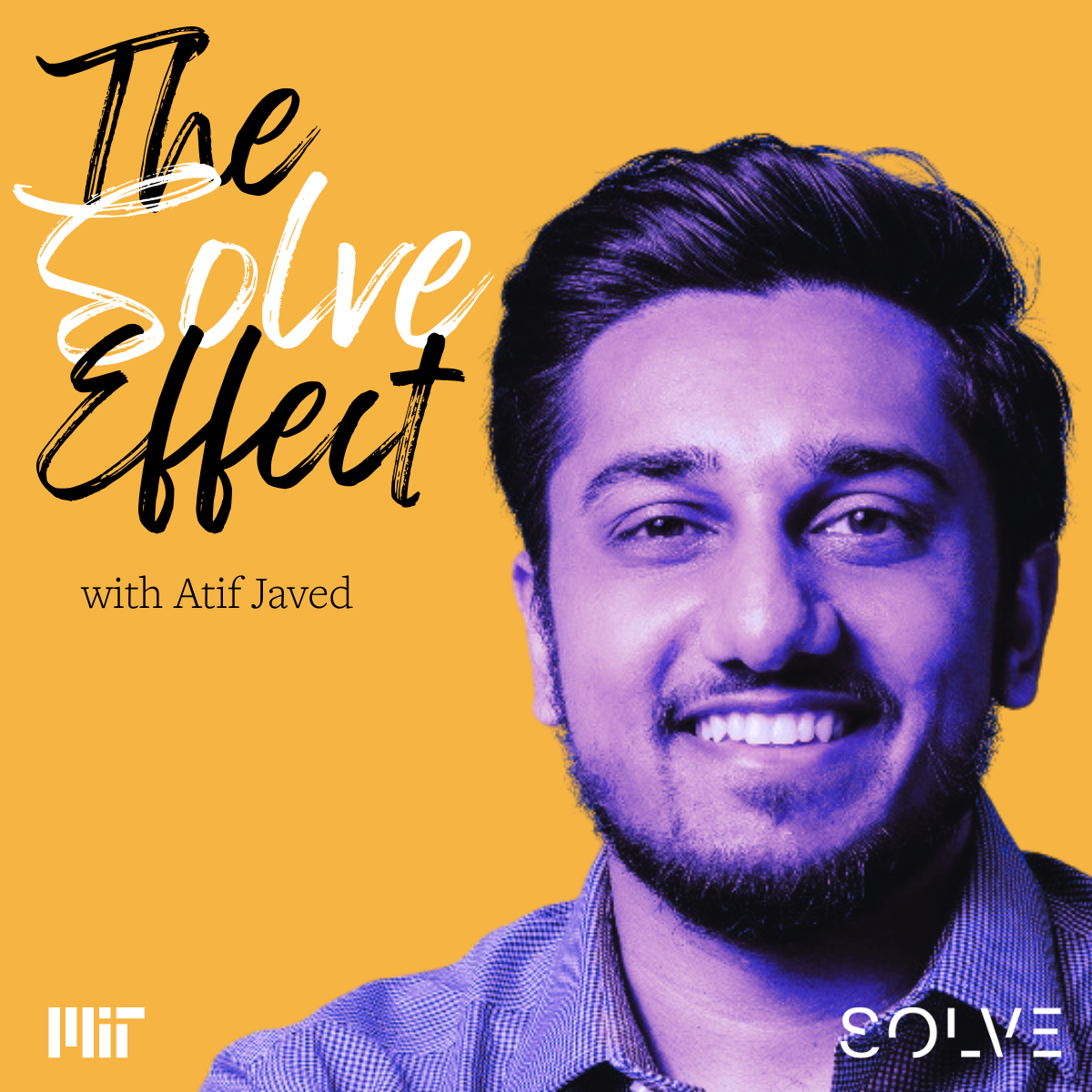
Improving the Health of Billions: 4 Things to Know About MIT Solve’s Healthy Cities Challenge
Over half the world lives in urban areas, and that proportion is growing rapidly. By 2050, two-thirds of the population, or 6.7 billion people, will live in cities. This makes sense: for many people, cities provide job opportunities and convenience, and data show that urbanization is linked to income growth.
But massive urban migration also means unplanned, haphazard urban development, which often translates into health risks for urban dwellers. Today, most people who live in urban areas—one-third of whom live in slums—are living in environments that cause or perpetuate health problems.
They breathe polluted air. Sanitation and waste management systems are insufficient. Transportation systems are overburdened and underdeveloped, so the risk of accidents is ever-present. A lack of green space makes it difficult to find places to exercise or unwind. And fresh, healthy food is less accessible and affordable than processed alternatives.
It doesn’t have to be so. Imagine developing cities that are epicenters of healthy living—cities that promote exercise and healthy eating, limit traffic and crowds, ensure clean air and water, and make health services easily accessible to those most in need. We would impact the lives of billions, and build the bedrock for global well-being.
Introducing the Healthy Cities Challenge
That’s why Solve is issuing the Healthy Cities Challenge, which asks how cities can be designed, built, and retrofitted to improve human health. In September 2019, the most promising Healthy Cities applicants will pitch their solutions at Solve Challenge Finals in New York City.
Our judges will select eight innovators as Solver teams, and each team will get a $10,000 grant from Solve—as well as access to additional prize funding from our partners. Most importantly, these Solver teams will join our global, cross-sector community to build the partnerships they need to scale the impact of their work.
We’re seeking solutions that focus on improving the mental and physical health of people in cities and slums. Some of these cities have yet to be built, so we welcome innovations that can facilitate health-centric design, planning, and development of new cities. But we also need solutions that can retrofit existing urban areas to make them healthier places to live.
We’re looking for solutions in four key areas:
1. Solutions that prevent infectious disease outbreaks and vector-borne illnesses.
Poor sanitation and dirty water are drivers of diarrheal diseases and tuberculosis, while poor waste management exacerbates the spread of vector-borne diseases like dengue, zika, and ebola. Overcrowded conditions accelerate the spread of disease. We need solutions that improve sanitation systems, ensure access to clean water, and help stop disease outbreaks in densely populated areas.
2. Solutions that reduce the incidence of noncommunicable diseases.
The air pollution in cities—arising from traffic, industry, cooking, power production, and more—causes heart attacks, strokes, chronic respiratory disease, pneumonia, and lung cancer, some of the leading global causes of death.
A lack of spaces to exercise, reliance on cars, and difficulty accessing fresh foods leads to unhealthy habits that are linked to obesity and diabetes. It’s critical we find innovations that ensure clean air and encourage city residents to lead healthier lifestyles.
3. Solutions that promote physical safety.
Overcrowding, traffic, and overburdened transportation systems in cities increase the likelihood of road and transit accidents. Meanwhile, high population density combined with economic inequality can exacerbate problems of violence. We need ways to reduce congestion, make transit safer, and decrease violence.
4. Solutions that enable equitable access to health services.
Access to health services, from preventative to emergency care, is critical to maintaining good health for all people. Creating healthy cities means ensuring that everyone—especially vulnerable and underserved populations like the elderly, the poor, and minorities—has access to affordable and effective care.
Are you working on an innovation that addresses one of these four dimensions? Submit your solution to the Healthy Cities Challenge today! The deadline to apply is July 1.
Tags:
- Health
Related articles
-
A Visionary Healthcare Innovator: Dr. Mohamed Aburawi on Tech, Healthcare, and Impact Investing
In the newest episode of The Solve Effect, Dr. Mohamed Aburawi shares how building in crisis can spark innovation that lasts.
-
Powered by Purpose: E Ink’s ePaper Technology Takes Aim at the World’s Toughest Problems
Because it draws power only when an image changes—and none at all while static—ePaper reduces energy consumption by orders of magnitude. That single breakthrough unlocks net-zero transit signs, off-grid medical notebooks, and other applications that traditional screens simply can’t power sustainably.
-
The Solve Effect Podcast - Episode 4 - A Tech Maximalist: Atif Javed on Human Connection Through Technology
What happens when a childhood experience becomes the seed for a global movement? In this episode of The Solve Effect, host Hala Hanna sits down with Atif Javed, co-founder and Executive Director of Tarjimly, a nonprofit that connects tens of thousands of volunteer translators with refugees and displaced people worldwide.